Sharing the results from my latest Moth Trap Session. I have written posts about setting up a moth trap and on collecting the results if you want some more background info on how and why I use a Moth Trap

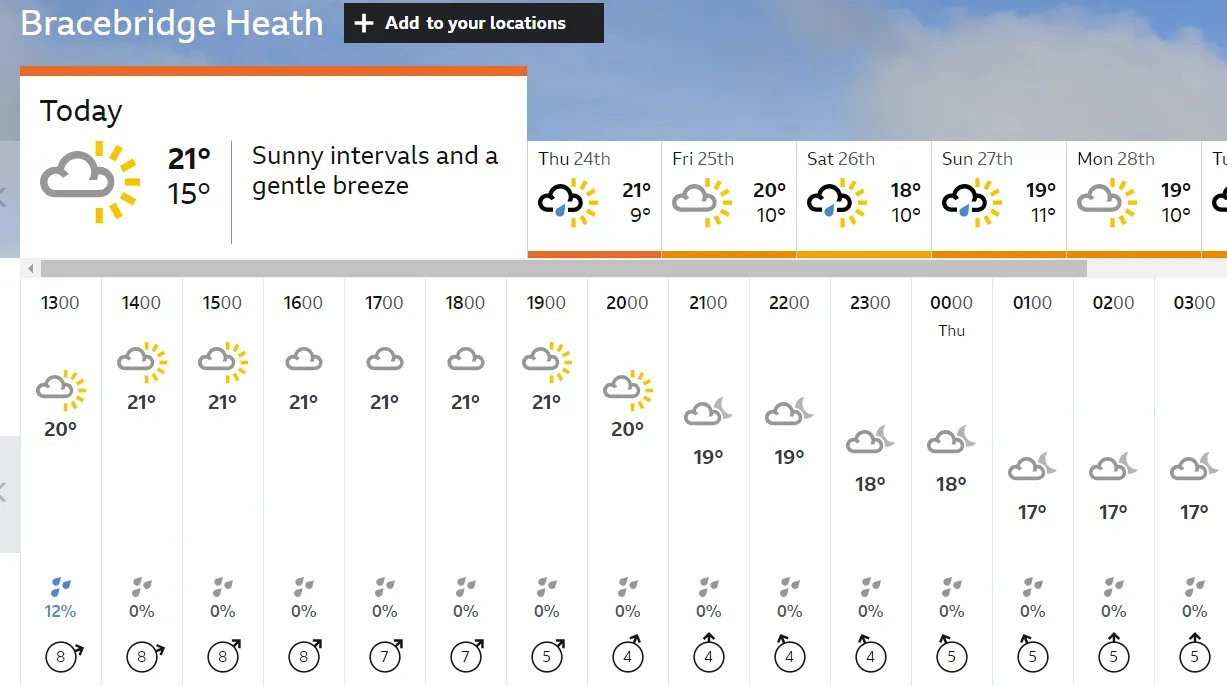
Date: 23rd August 2023
Weather:
So I now have a couple of days off from work. Technically just 3, but with the weekend and then bank holiday next Monday it actually equates to 6 days away from work, which will do nicely!
And as I have no other commitments for tomorrow that means I can sneak in a little mid-week trapping session for once instead off having to wait until the weekend. A good job too, as the weather tonight looks considerably better than the weekend, better make the most of it!
As I write this during the afternoon, its currently a gorgeous day out there with bright sunshine and reasonably warm temps. Tonight looks to continue with the added plus of some cloud cover moving in, and a light Southerly breeze, which will be good for some potential migrant moth activity
Compared to the session last week, I will be trapping for a full session this time, so feeling optimistic to get good numbers tonight
Here. We. Go!
Results: 114 moths of 33 species
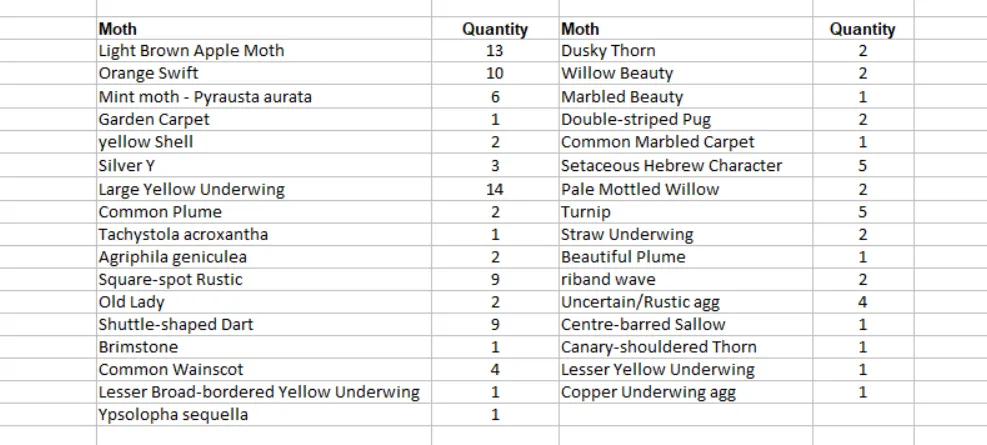
Summary of Results:
And as expected, it was a pretty good night out there. Lots of moths to see, and a reasonable amount of species too. As always, the seasons are always changing, and as the months pass so different moths appear throughout the year.
Here in the UK we are in late Summer, and Autumn is fast approaching. One such harbringer of Autumn are the Sallow Moths, and I saw my first of this group of moths last night - a Centre-barred Sallow
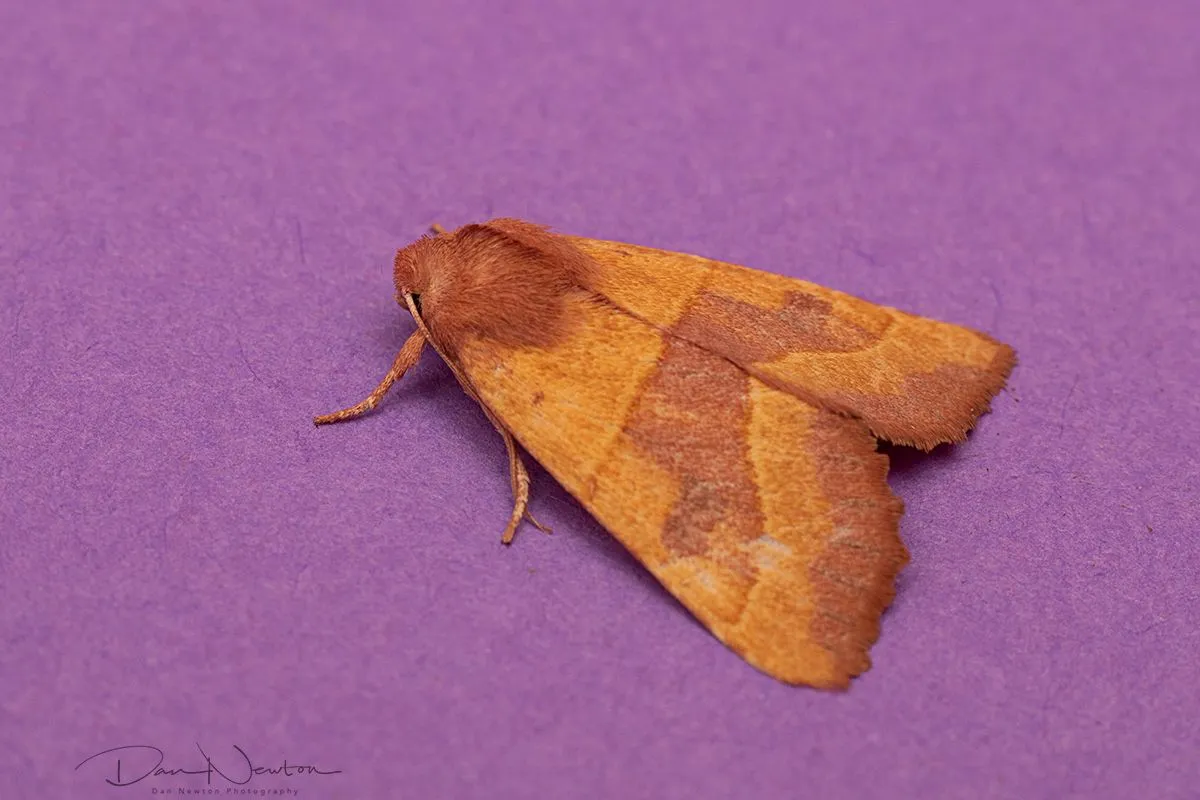
Centre-barred Sallow - Atethmia centrago

Centre-barred Sallow - Atethmia centrago
There are several different Sallow species (eg Pink barred Sallow, Dusky-lemon Sallow, Orange Sallow) and they all have a similar flight time of August to October. I shall be looking out for some of these appearing over the next few weeks
Another species only seen in late Summer is this Copper Underwing

Copper Underwing agg. - Amphipyra pyramidea agg.
The night seemed to mostly consist of the larger macro moths, and other than the large numbers of Light Brown Apple Moths, there were not many micro moths to be seen
The few that did appear did at least look quite interesting:
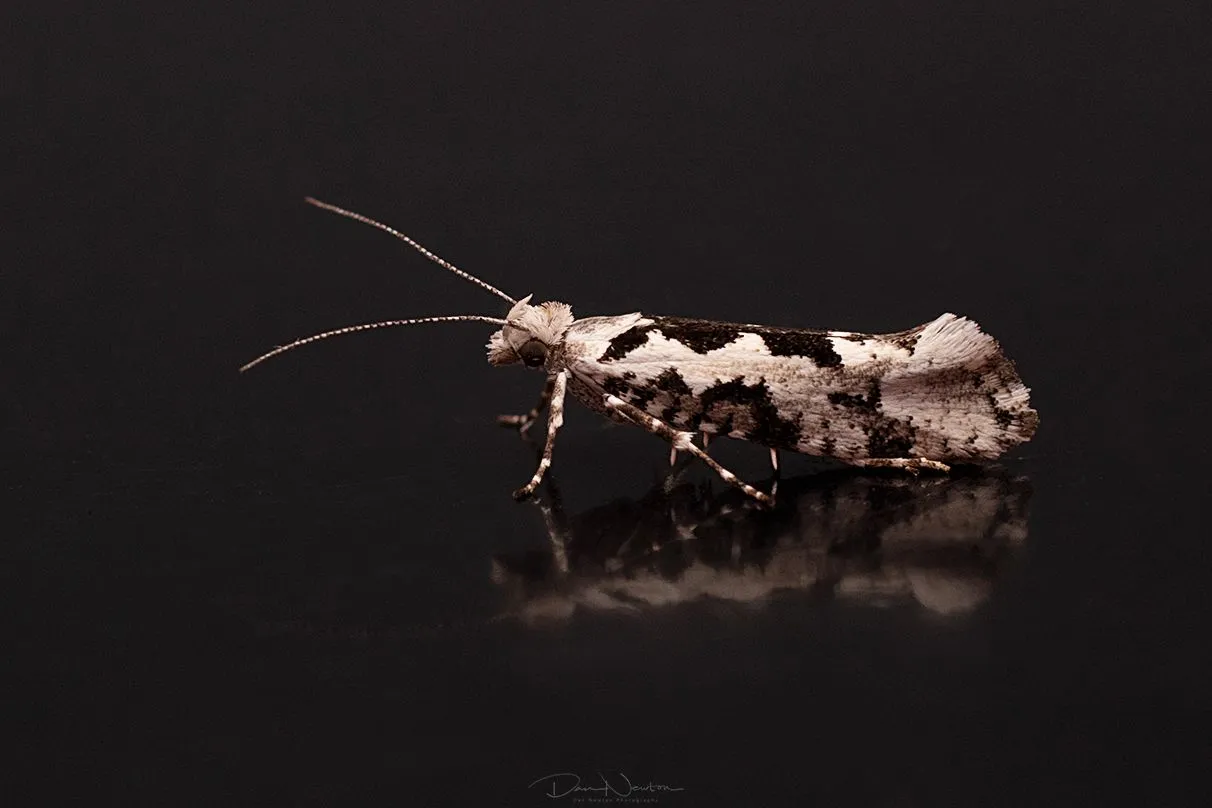
Ypsolopha sequella is a very smart looking moth with its pied (black and white) markings
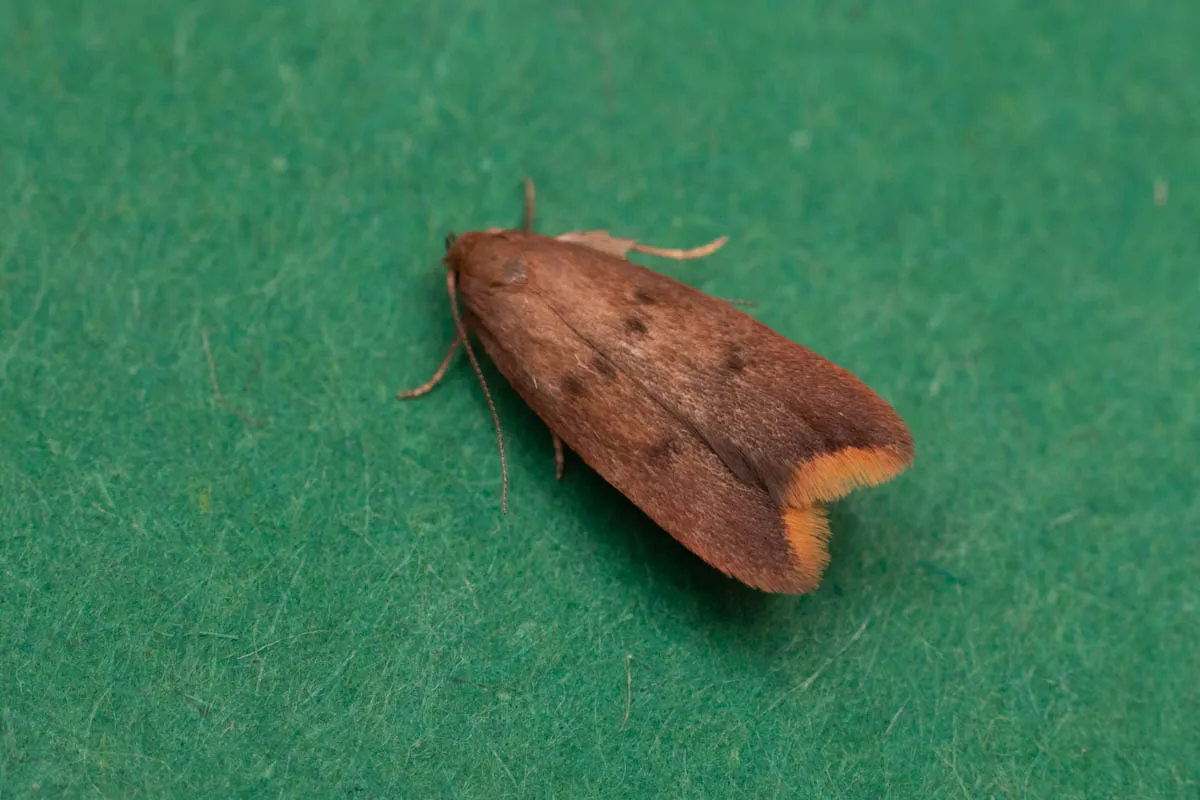
Tachystola acroxantha - a micro moth that I've only seen once before (recorded in the garden for the first time in June 2022), so it was nice to see again
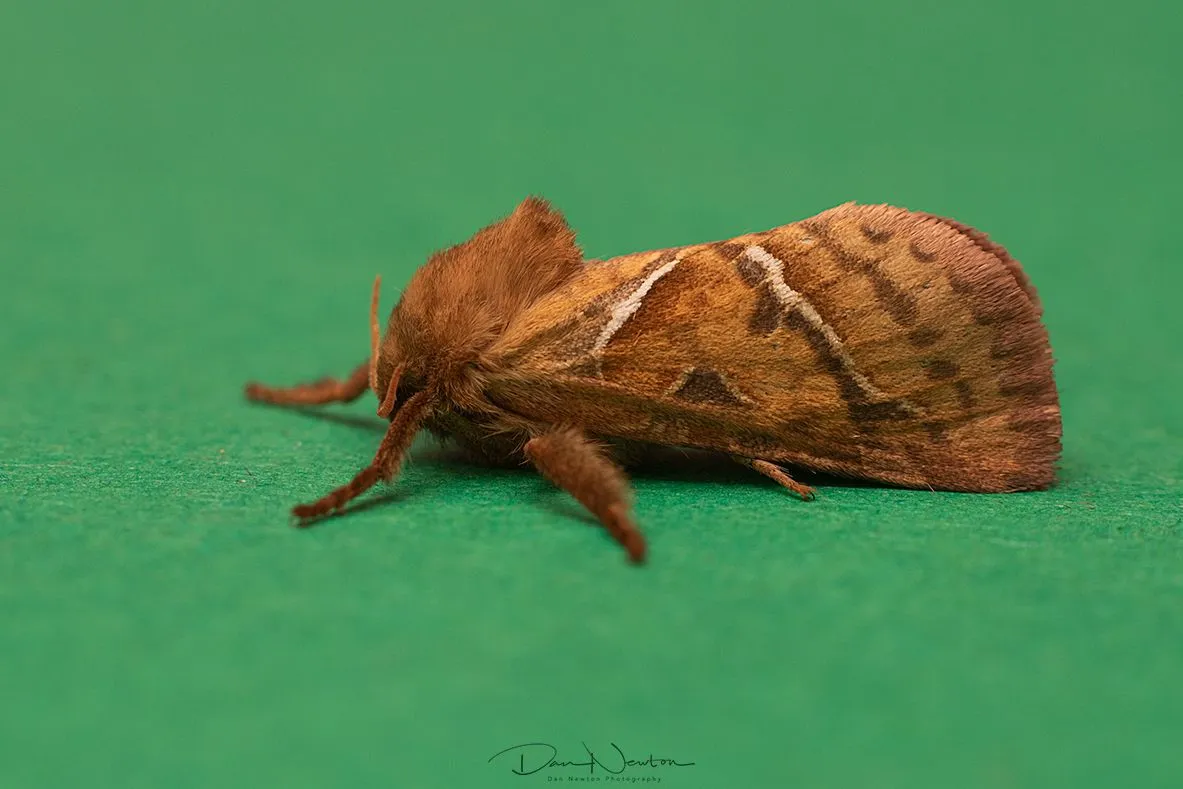
Orange Swift - Triodia sylvina
The Orange Swift appeared in good numbers last night, and is another species whose flight time is late Summer/early Autumn. The Common Swift looks fairly similar, but that species only appears in late Spring (April/May), so there is no overlap, and therefore no confusion between the species.

Common Wainscot - Mythimna pallens
There were several of these Common Wainscots as well... they are usually a light cream colour, but can be seen as a darker, redder version too, and I saw both colour forms last night.
I did see a couple of Dusky Thorns last night. I've seen this species many times, including last week...

Dusky Thorn - Ennomos fuscantaria
...but last night I had a welcome surprise with:

...a Canary-shouldered Thorn - Ennomos alniaria
You can see thats it is cloelsy related to the Dusky Thorn mentioned previously, but with those bright 'canary yellow' hairs on its body it is very distinctive, there is nothing else in the UK that looks like this.
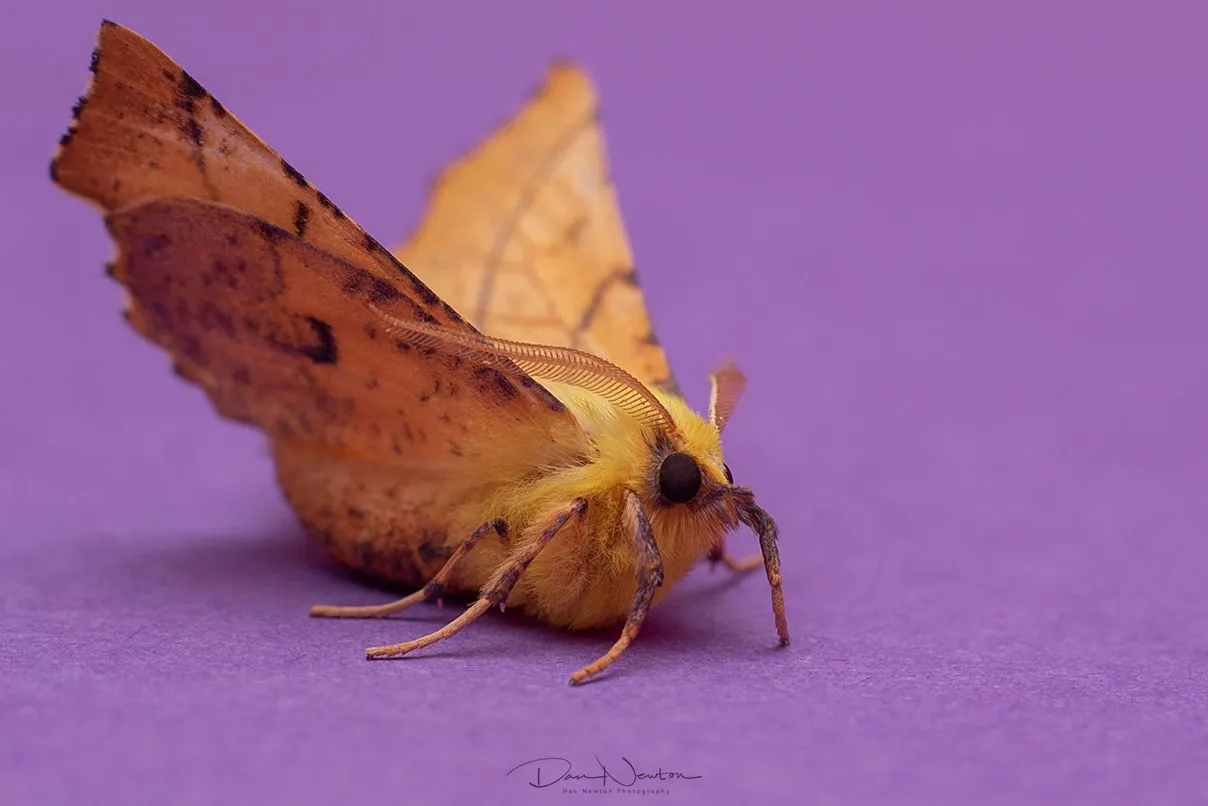
Canary-shouldered Thorn - Ennomos alniaria
I've only seen this species once before, so not only is it an attractive and photogenic species, but it is also a really good record for the garden.
And its a perfect place to end this post/report on a high! Its been a productive session, and lots of interesting stuff was seen last night, with the Canary-shouldered Thorn being un unexpected bonus.
What will happen next time? Will it be busy and chaotic? Will it be quieter? Will I find something new to record?
Well, once again, there is only one way to find out!

Notes on Pictures: Since I started moth trapping 5 years ago, I have been slowly building up collection of Library Images. The idea being that once I have taken a picture of a particular species of Moth, I don't need another picture of the same species a year later. It’s a waste of time and energy. I only take pictures of new species, or of moths that are difficult to ID, so I can get the records verified.
While in my care, all individuals are looked after, and after Photographs have been taken, they are all released safely outside.
All names confirmed and checked via Wikispieces
Further Research from UK Moths and NatureSpot

If you have any thoughts or opinions on this article then I'd love to see your comments.
And if you really like the content then maybe you would like to upvote or re-hive it.

Check out my website for more of my work.
